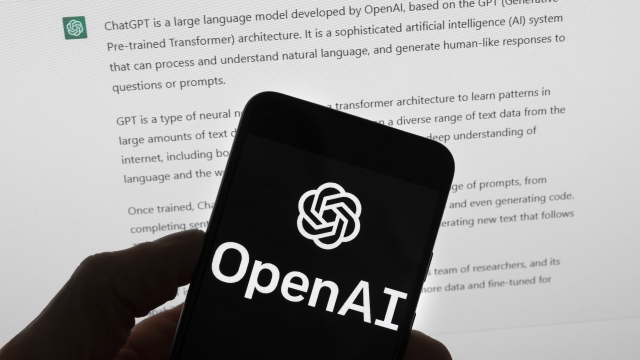Since Oct. 7, the date of Hamas' surprise attack on Israel, manipulated images have been surfacing — ranging from fake images of paratroopers and helicopters being shot down, to tanks rolling into neighborhoods and fake AI-generated victims.
The misinformation goes beyond images of war: There was even a deepfake of Palestinian American model Bella Hadid expressing her support for Israel.
Jean-Claude Goldenstein is the CEO of CREOpoint, a business intelligence group that monitors disinformation.
"What's new in this war is that our brains are being used as the next battlefield," said Goldenstein.
He said that his research found viral disinformation claims increased 100-fold in the first two weeks after Oct. 7 compared to the previous eight months this year.
"AI is being used to not only generate the fake media, but also it's being used to propagate them. So there's an algorithmic amplification, the content is spread. It's personalized to trigger emotions," he said.
SEE MORE: Meta updates political ad rules to cover AI-generated images, videos
Heading into a presidential election year, Goldenstein says it's only going to get worse before it gets better. While lots of disinformation gets debunked eventually — like last year's deepfake video of Ukrainian President Volodymyr Zelenskyy — the speed in which it initially spreads could influence election results. He wants to see incentives for social media websites to help slow down the spread of disinformation so that more accurate sources can catch up.
"Sometimes, a very small percentage could make a difference — and that small percentage could spring one way or another — based on a deepfake that is not pre-bunked and debunked fast enough," he said.
Michelle Ciulla Lipkin is the executive director of the National Association for Media Literacy.
"There is always mis- and disinformation out there in the world. There always has been, right? But we're so much more susceptible to believing it, because of our emotional attachment to conflict, to crisis," said Lipkin.
She says to beat mis- and disinformation, we first need to accept that it's now a fact of life and there's nothing we can do to prevent it.
In the meantime, as we wait for better safeguards and incentives, we need to be questioning everything she said.
"We're not going to get rid of it. It's not possible. And so, what are the tools that we need as citizens to navigate to understand? Where do we find reliable information? What are the questions that we ask when information comes to us?" she said.
Trending stories at Scrippsnews.com




